Can Biochar Reduce Hydrogen Sulfide (H2S) Toxin?
Some construction and demolition (C&D) fines that contain gypsum emit H2S toxin.
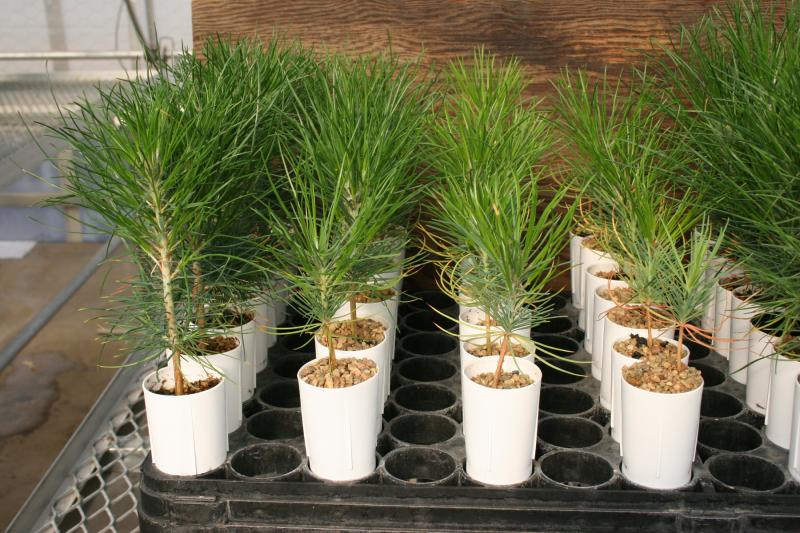
Growing native plants with biochar
Scientists with the US Forest Service are evaluating two ways to use biochar to improve growth of native plants: coating seeds with biochar and adding…
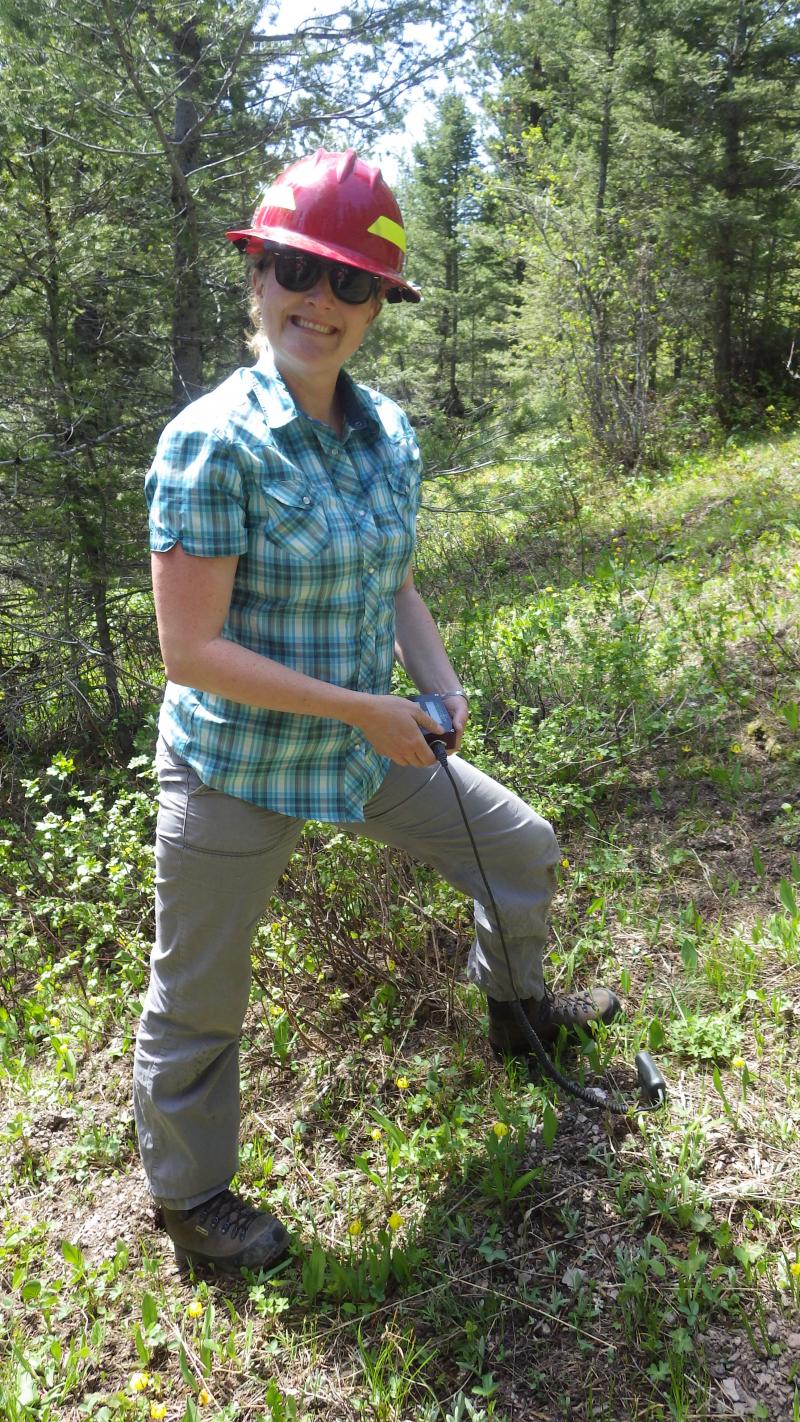
Using biochar to improve soil quality on decommissioned roads
U.S. National Forests have over 380,000 miles of roads. Many of these roads are over 25 years old, sub-standard, compacted, and invaded with…
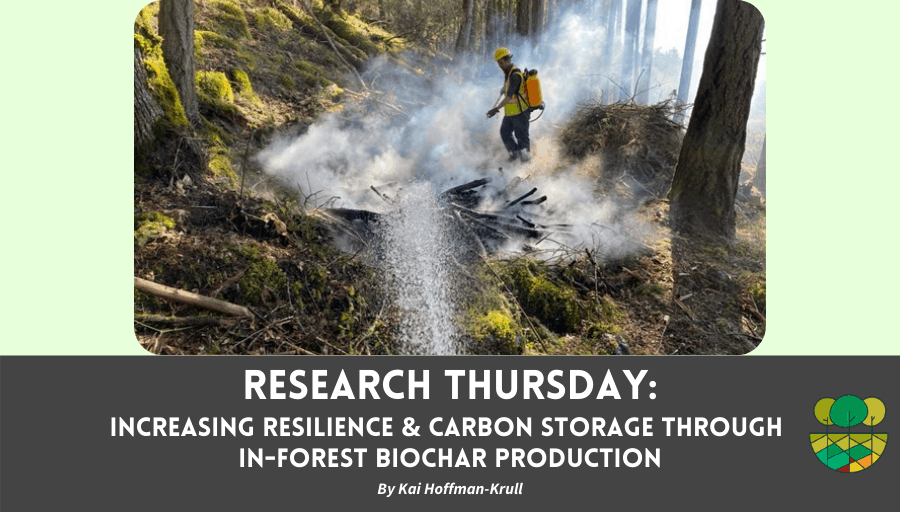
Increasing Resilience and Carbon Storage through In-forest Biochar Production
Conservation Corps putting Research into Action
In 2020 the San Juan Islands Conservation District launched the Islands Conservation Corps…
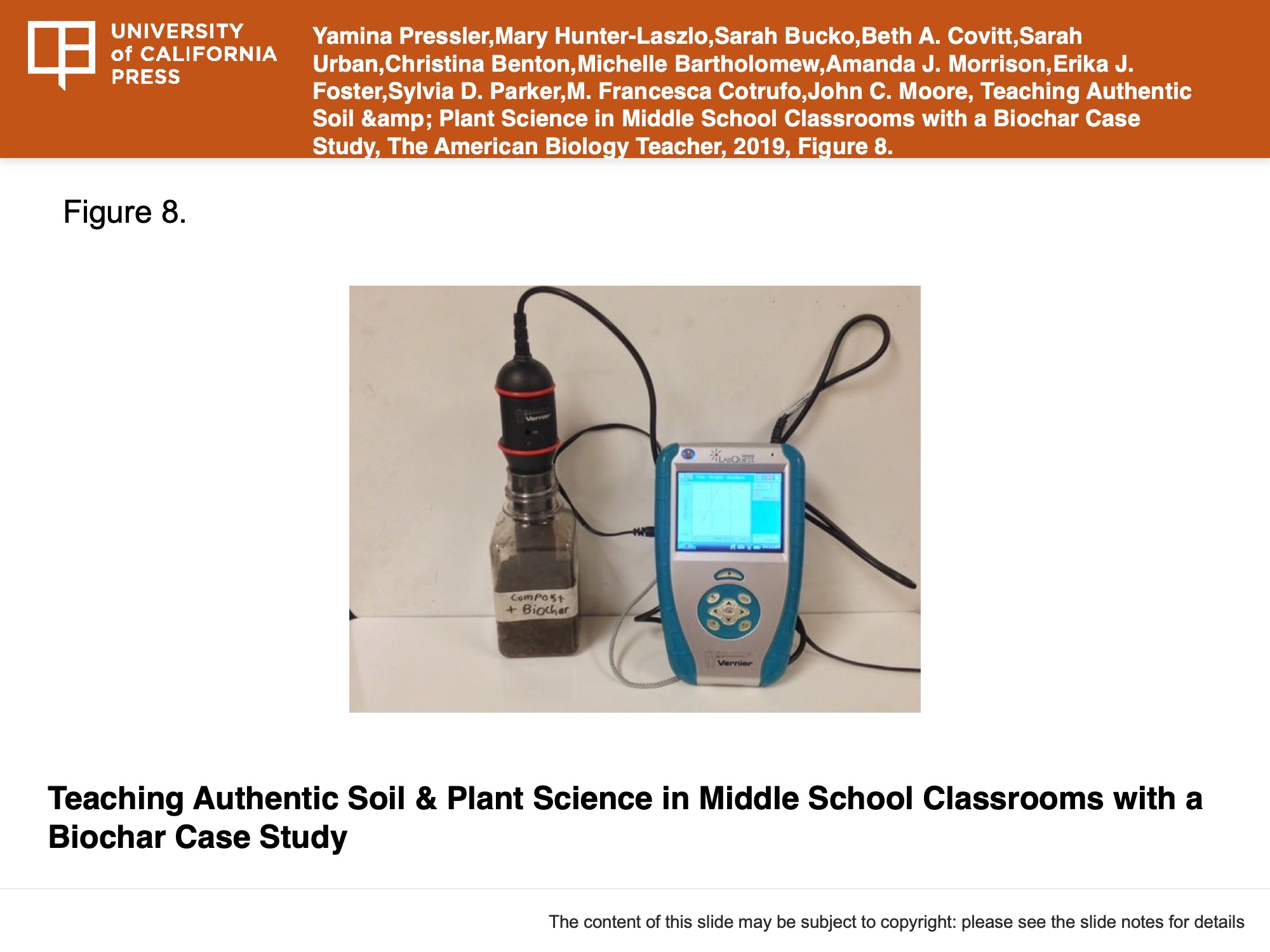
Teaching Authentic Soil & Plant Science in Middle School Classrooms, a Biochar Case Study
Researchers designed two classroom experiments focused on the use of biochar as a soil amendment to improve soil health.

Feasibility Assessment of Dairy Biochar as a Value‐Added Potting Mix in Horticulture and Ornamental Gardening
This short paper from Cornell researchers summarizes costs and benefits of converting dairy manure to biochar.
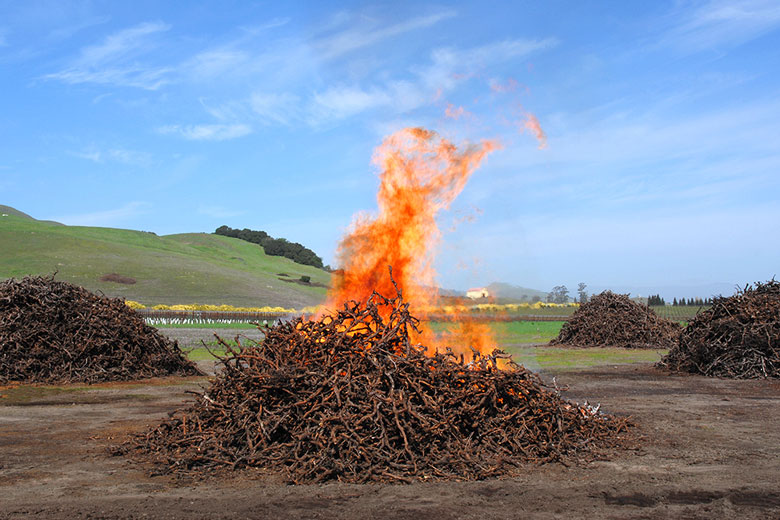
WHAT’S BIOCHAR? HOW TO STABILIZE CARBON IN YOUR SOIL
Biochar, otherwise known as charcoal, is an age-old method of increasing soil health. Learn more about the science and how to make your own biochar…
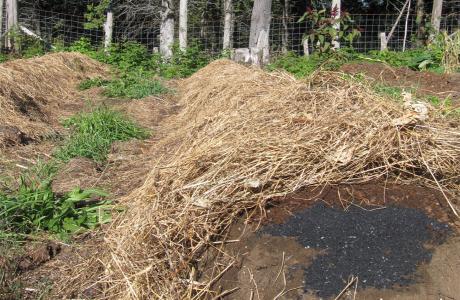
How to Charge Biochar
The simplest and most efficient method to biocharge your biochar is to simply mix it into your compost piles, stacking functions to benefit both the…
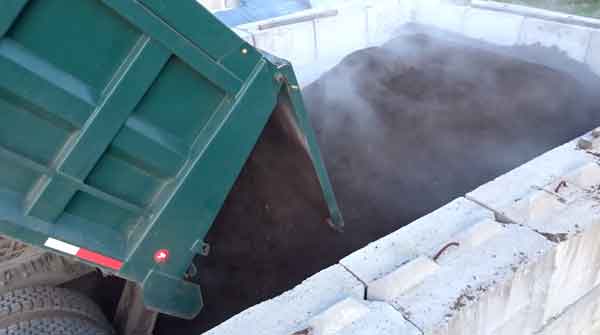
Composting with Biochar
Ideally, in composting you get paid a decent fee to receive, process and create a quality product. But what happens when it doesn’t go quite right ?
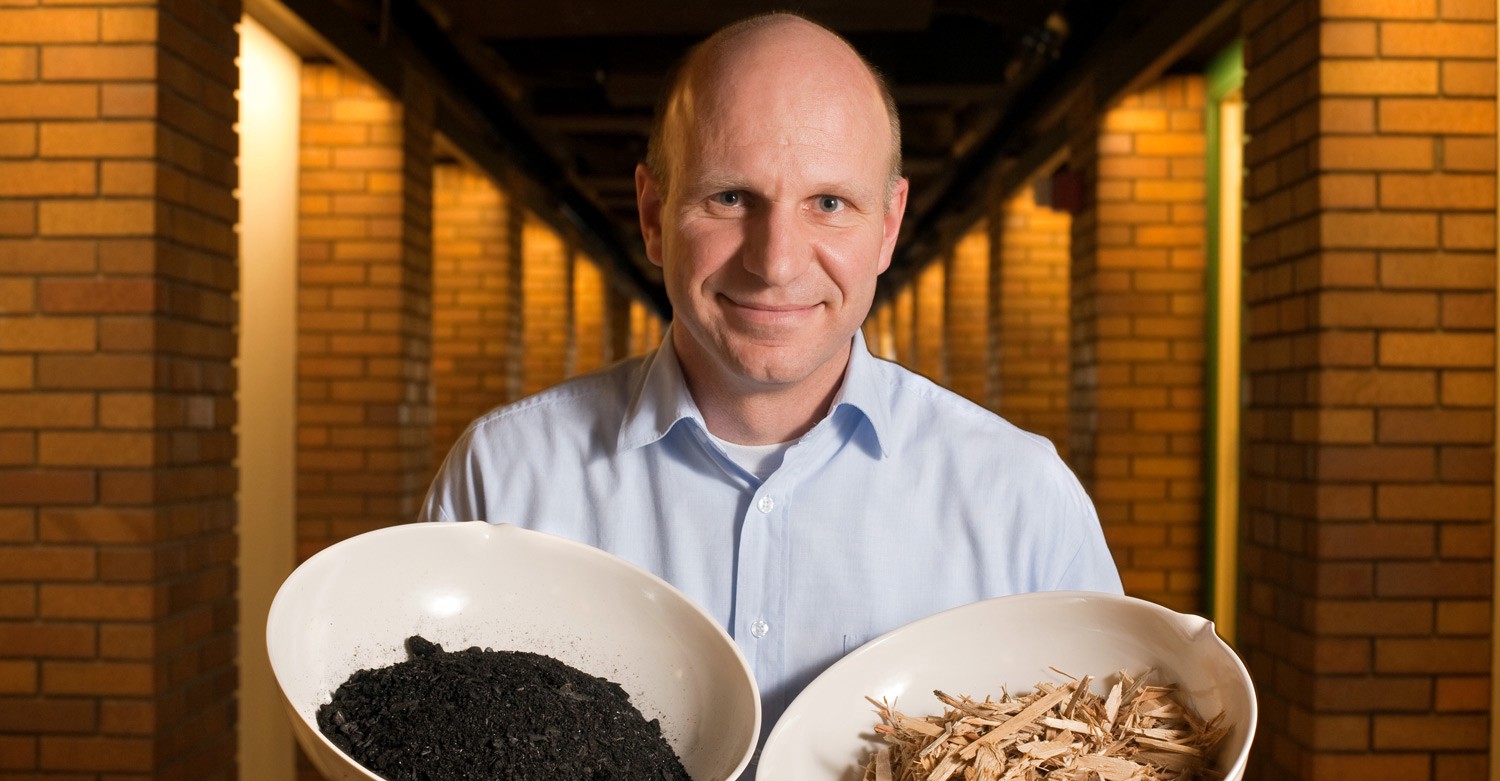
Leading the Soil Carbon Revolution
Johannes Lehmann, School of Integrative Plant Science at Cornell University, Soil and Crop Sciences, is leading a revolution.
